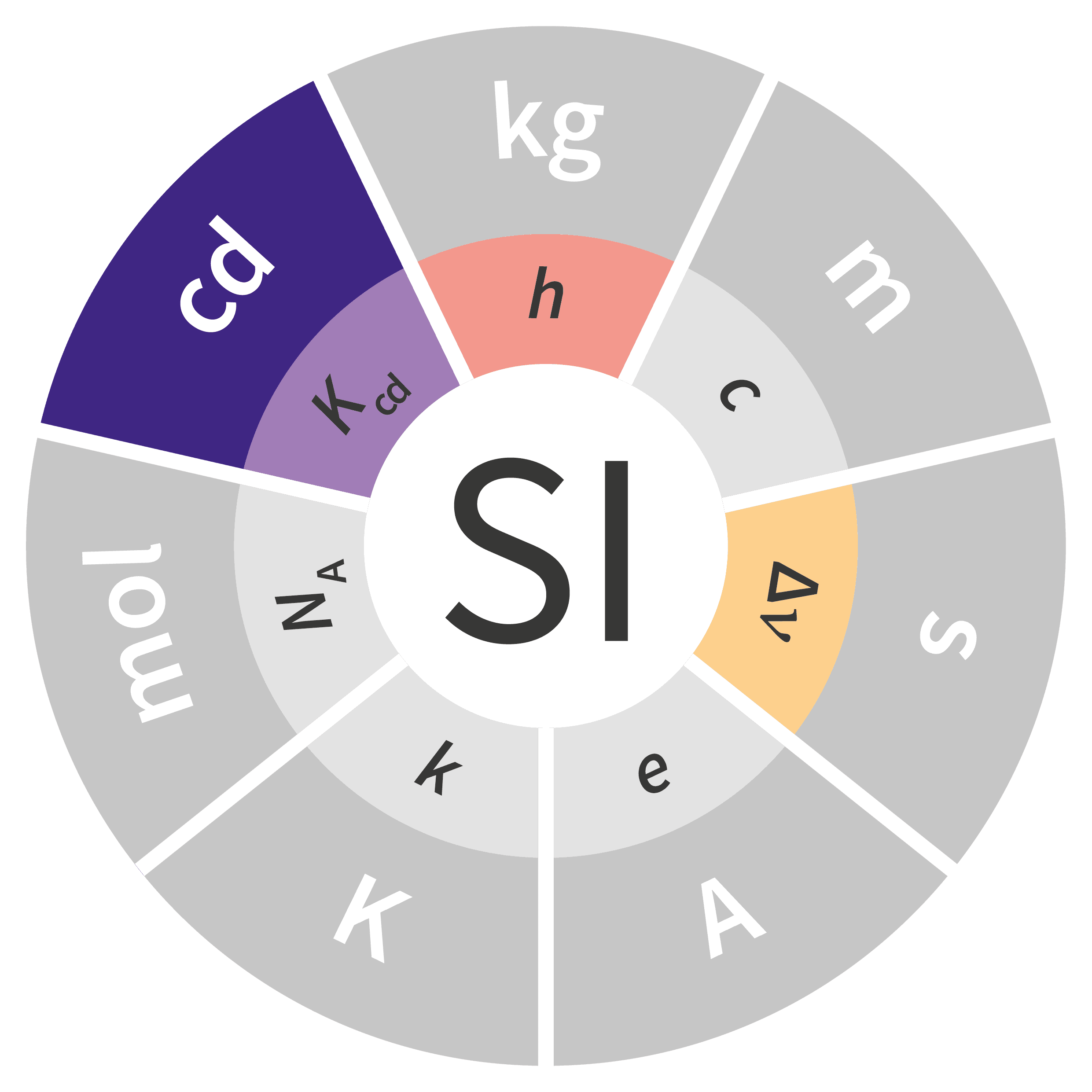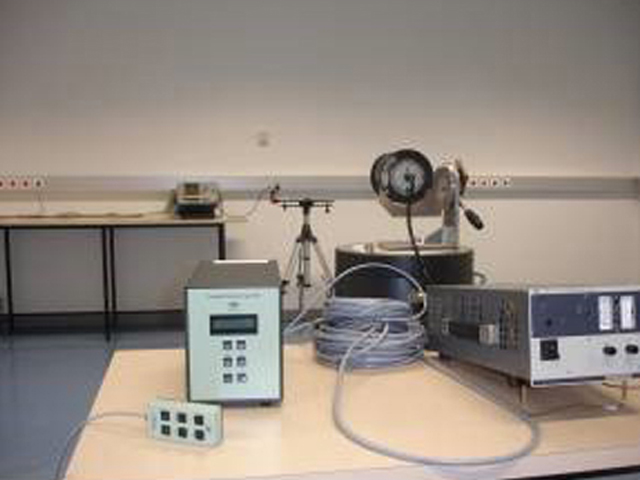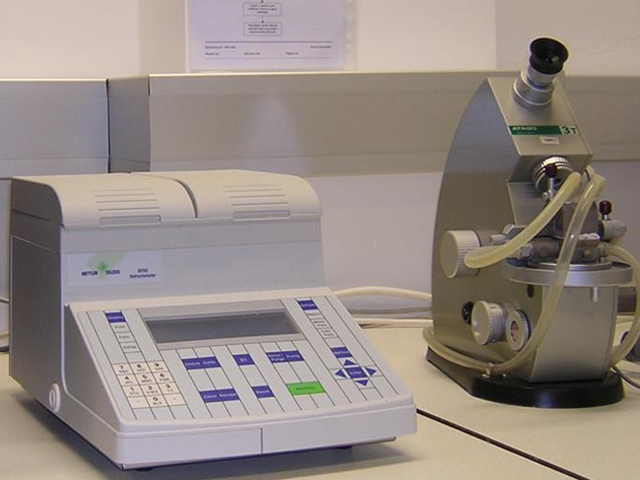
PHOTOMETRY, RADIOMETRY AND RADIOFREQUENCIES

The Laboratory of Photometry, Radiometry and Radiofrequencies has the incumbencies of materialize, maintain and disseminate of the measurement units of luminous intensity, illuminance, regular transmittance and regular reflectance, refractive index of aqueous solutions and road speed, and of develop and implement measurement new methods and capabilities.
The activities of the Laboratory have the following objectives:
- Guaranteeing the traceability of the units assigned to it, enabling its dissemination at national level;
- Participating in or coordinating R&D projects and interlaboratory comparisons;
- Supporting Legal Metrology.
Meet the ongoing project here.




